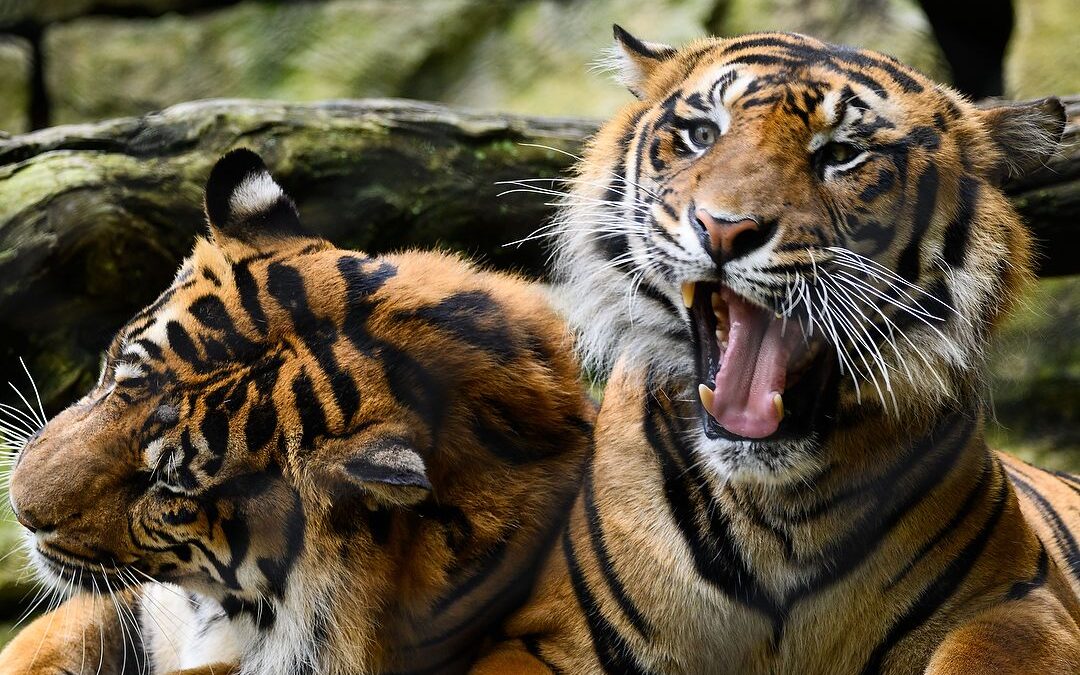If you enjoy photographing wildlife, like I do, one of the best places to practice is at your local zoo. And these days, with COVID and social distancing, open areas at zoos can be a relatively safe way to get out (but keep your mask handy!). However, zoos can often be challenging environments to make good pictures. Having recently taught a workshop at the Kansas City Zoo (in partnership with Overland Photo Supply, and yes, we all wore masks), I thought I’d share a few of the tips I gave my students to help them make better pictures before we went out to shoot.
Note: all of the examples below are uncropped, straight out of the camera, so you can see how I framed the scene with the lens I was using and how the exposure and color looked when taken. For a few of them, I also included a cropped and processed version as well, so you can also see what I like a finished image to look like.
Fences, Glass, Cables
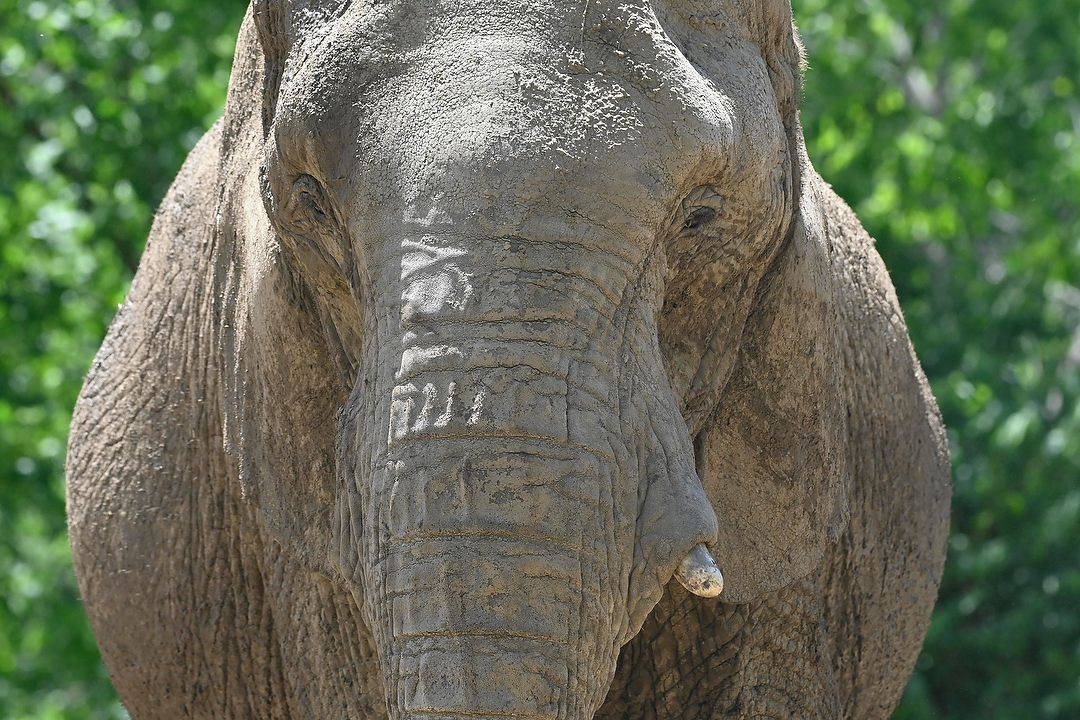
The elephant enclosure consists of posts and cables, making it very difficult to get a photo without showing those. The solution? Shoot tight. While none of these three photos show the entire elephant, I think most viewers would know what the subject is. Nikon Z 50, Aperture Priority, Natural Auto white balance, ISO 1100, 1/1600 at f/5.6 in Matrix metering, 0.0 EV, Nikkor AF-S Nikkor 200-500mm f/5.6E ED VR lens at 280mm.
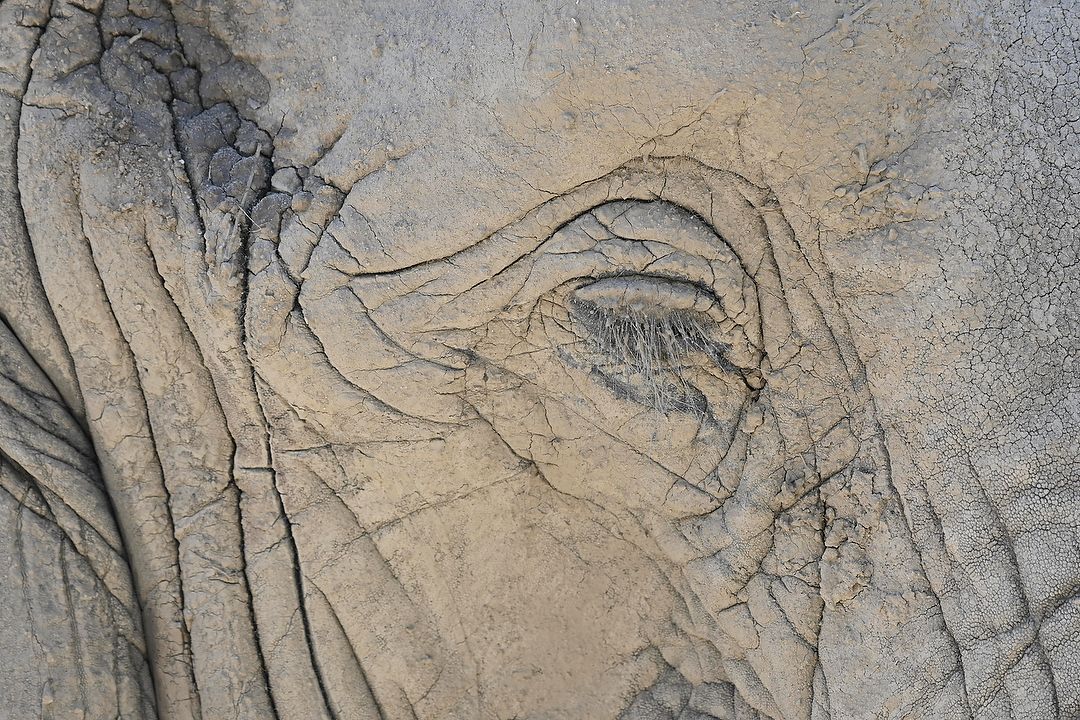
Nikon Z 50, Aperture Priority, Natural Auto white balance, ISO 400, 1/400 at f/5.6 in Matrix metering, +0.7 EV, Nikkor AF-S Nikkor 200-500mm f/5.6E ED VR lens at 330mm.
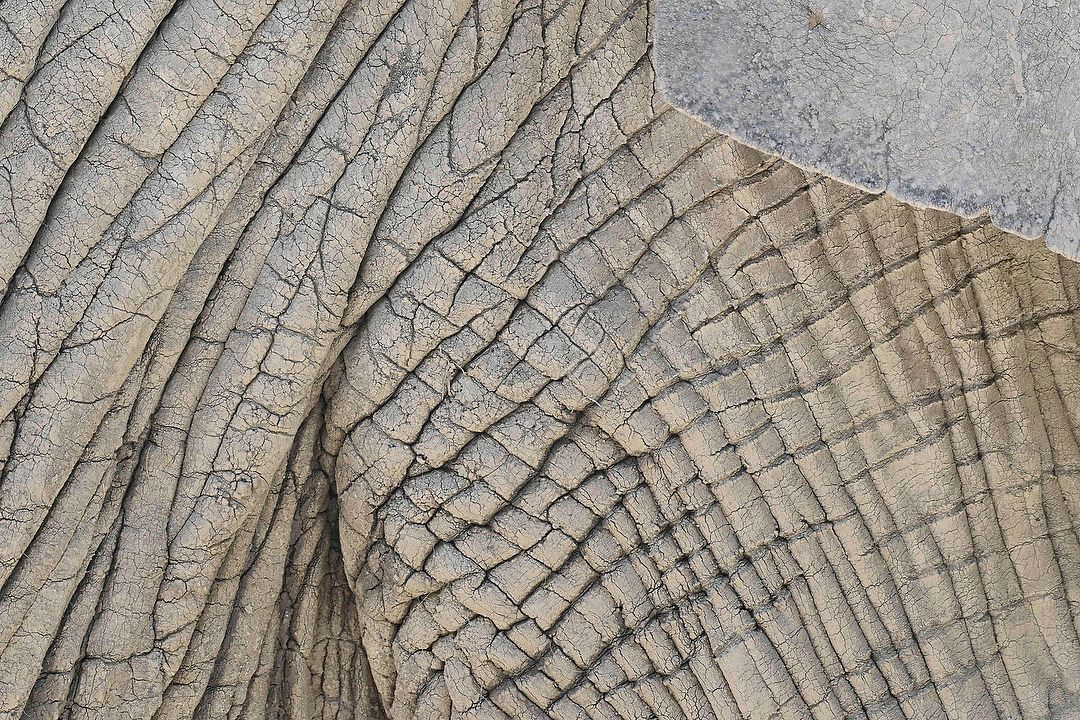
Nikon Z 50, Aperture Priority, Natural Auto white balance, ISO 200, 1/125 at f/5.6 in Matrix metering, +0.7 EV, Nikkor AF-S Nikkor 200-500mm f/5.6E ED VR lens at 250mm.
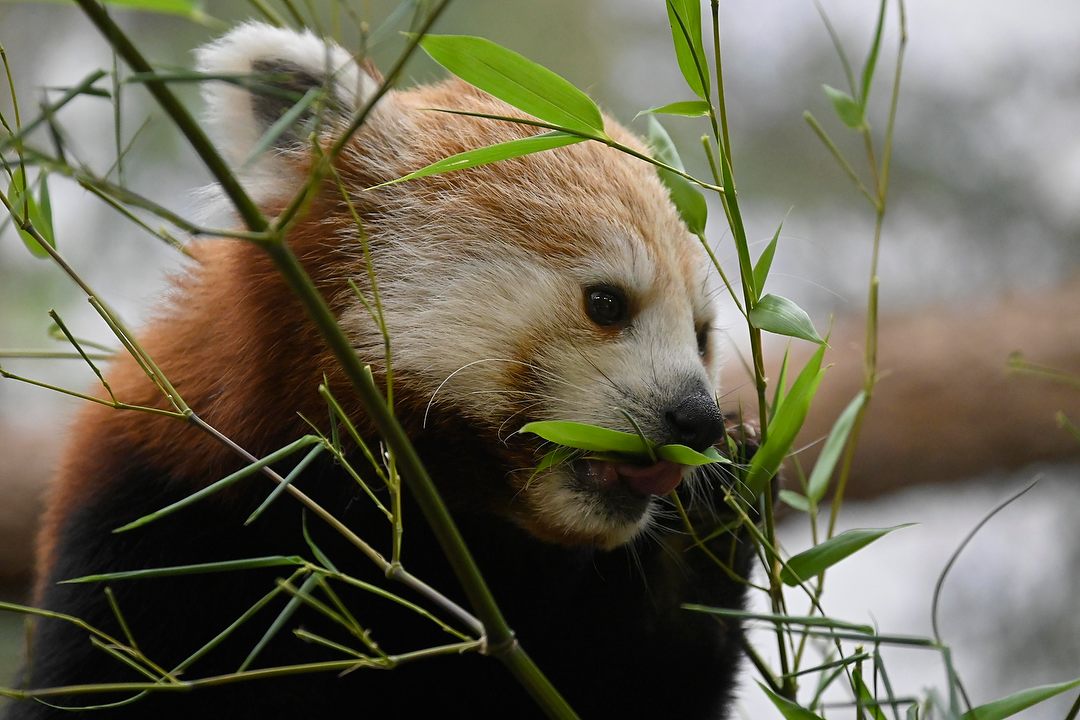
When taking pictures through glass, like this of a Red Panda, two things are important. One, find a relatively clean patch of glass (minus all the kids’ nose and finger prints), and two, get as close and parallel to the glass as possible. If I can I’ll even take off my lens hood and put the front of the lens flat against the glass to minimize reflections and maximize focus. The more of an angle you use when shooting through flass, the more likely you’ll have an out of focus picture. In the EXIF data below, you’ll notice I chose Auto white balance because it was indoors and I was concerned some artificial light, mixing with the daylight, might affect the color. Also, I still had the Auto ISO set to help me maintain a high shutter speed from being outside. I eventually realized that and lowered that setting to allow a slower shutter speed, so I could use a lower ISO for less noise. Nikon Z 50, Aperture Priority, Auto white balance, ISO 4000, 1/1600 at f/5.6 in Matrix metering, -0.7 EV, Nikkor AF-P Nikkor 70-300mm f/4.5-5.6E ED VR lens at 300mm.
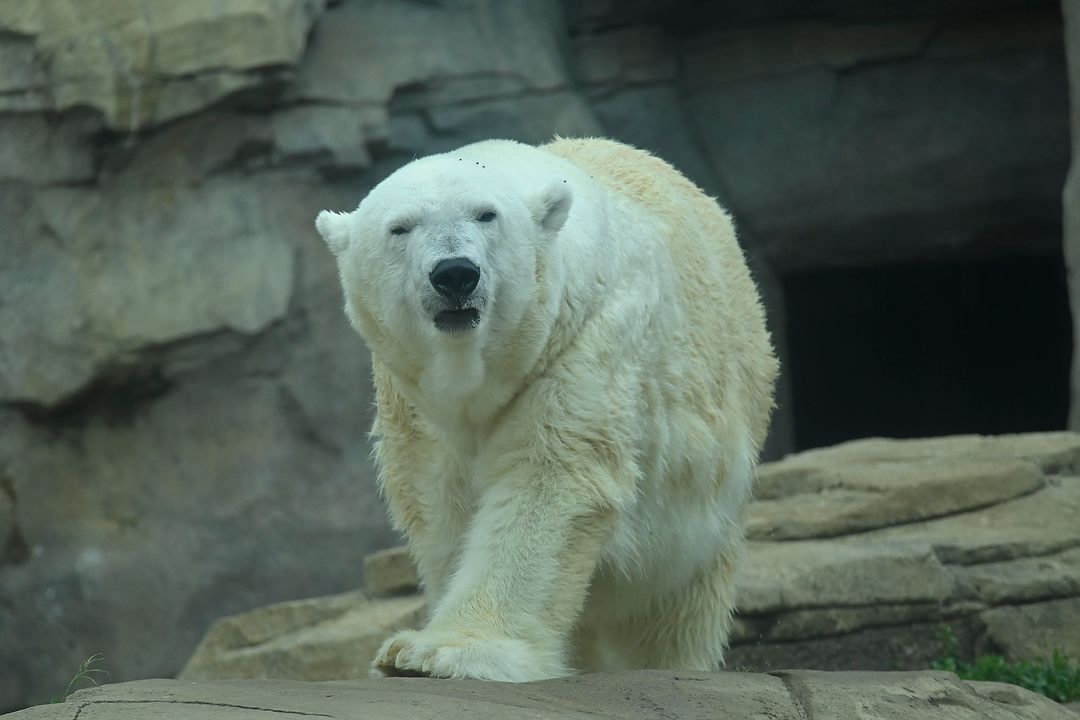
Here’s another example of shooting through glass, but this time I was a ways back from it, and that, combined with the conditions, resulted in a flat, slightly hazy look. Nikon Z 50, Aperture Priority, Natural Auto white balance, ISO 640, 1/640 at f/5.6 in Matrix metering, 0.0 EV, Nikkor AF-P Nikkor 70-300mm f/4.5-5.6E ED VR lens at 220mm.
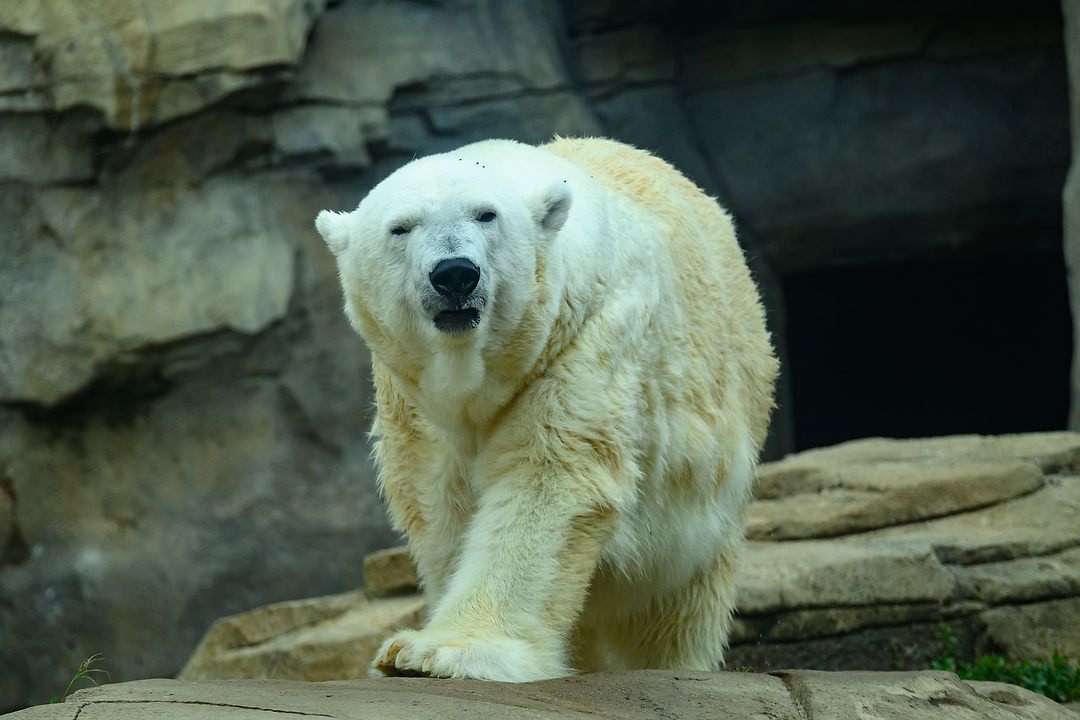
To correct for that, all I did was open the photo into Adobe Camera Raw and use the “Dehaze” slider. The same thing can be done in Lightroom, or any editing program with a similar feature.

Fences are almost always an issue at zoos. The problem here is that I’m not very close to the fence and using a fairly short focal length. That can both show the fence and confuse the autofocus system. In the next photo, I’m able to fix two of those three issues. Nikon Z 50, Aperture Priority, Natural Auto white balance, ISO 400, 1/2500 at f/5.6 in Matrix metering, 0.0 EV, Nikkor AF-P Nikkor 70-300mm f/4.5-5.6E ED VR lens at 70mm.
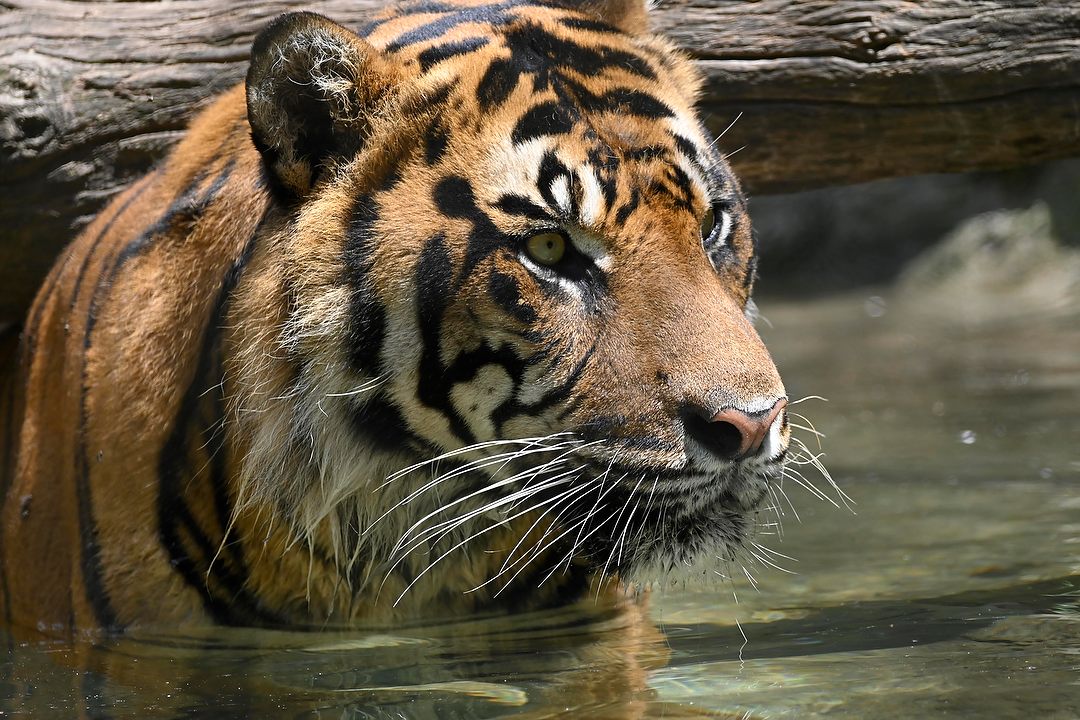
Simply by zooming in tighter helps make the fence disappear and allow the autofocus system to focus where I want it. If I was closer to the fence that would have helped even more, but they tend to keep people back from animals that can eat you. Nikon Z 50, Aperture Priority, Natural Auto white balance, ISO 640, 1/1250 at f/5.6 in Matrix metering, 0.0 EV, Nikkor AF-P Nikkor 70-300mm f/4.5-5.6E ED VR lens at 230mm.
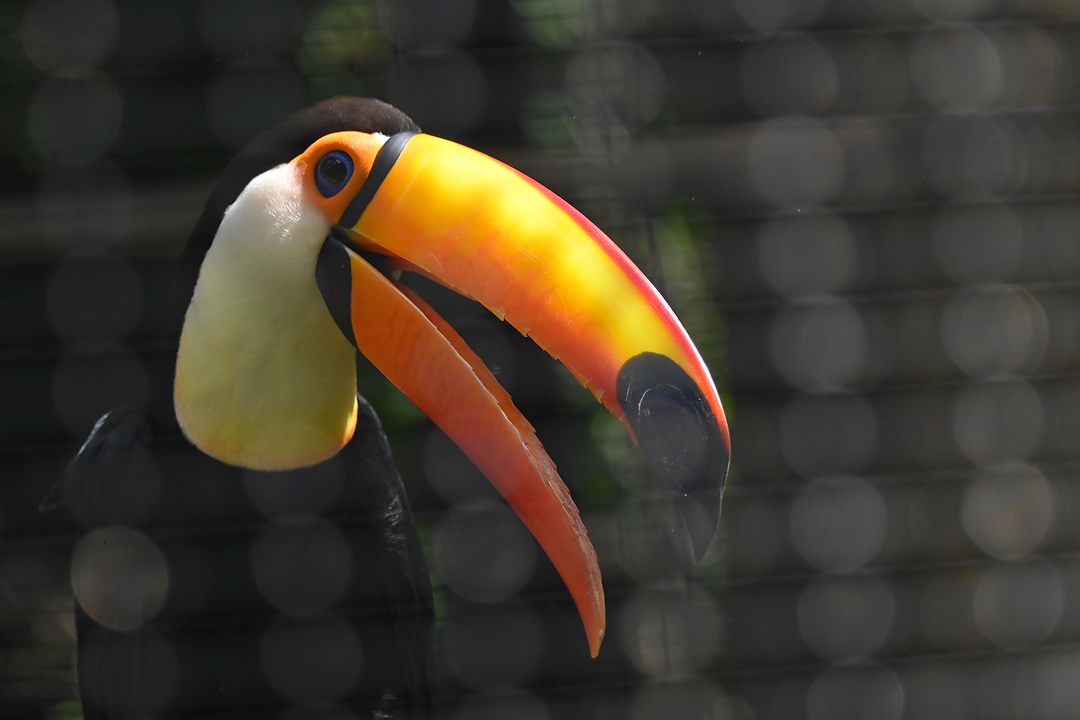
In this case, those circles across the image are caused by sunlight reflecting off the chain link fence I’m shooting through. Nikon Z 50, Aperture Priority, Natural Auto white balance, ISO 560, 1/1250 at f/5.6 in Matrix metering, -0.3 EV, Nikkor AF-P Nikkor 70-300mm f/4.5-5.6E ED VR lens at 130mm.
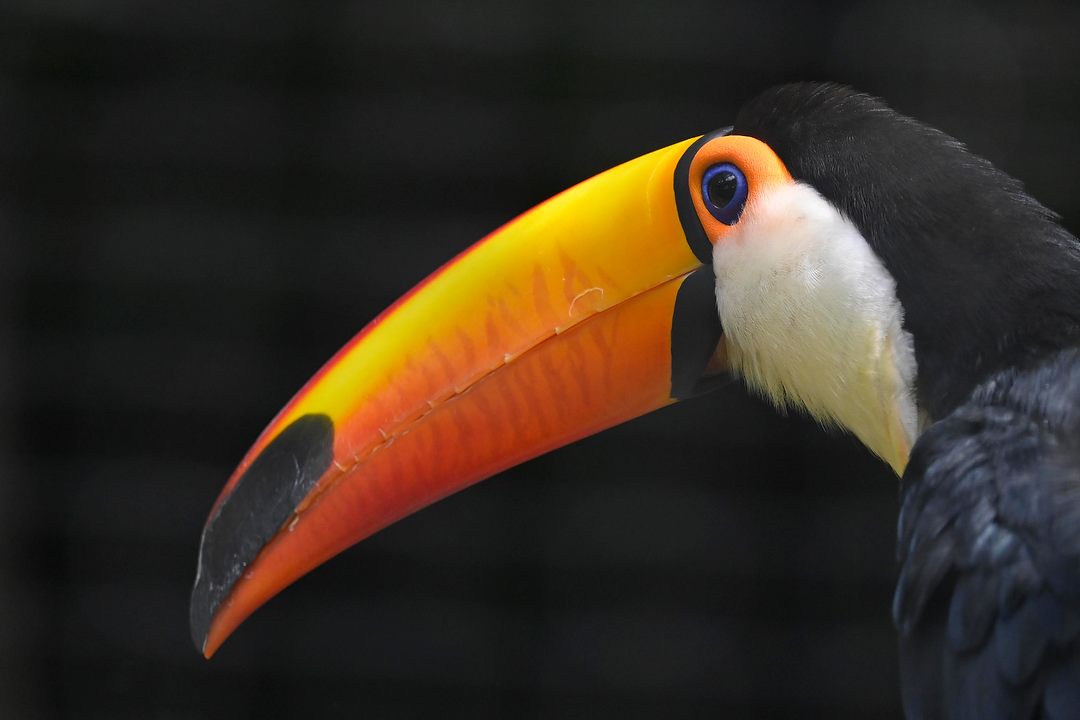
I was able to move and shoot through a section of the fence that was in shade, which took care of those highlights off the fence. Nikon Z 50, Aperture Priority, Natural Auto white balance, ISO 2500, 1/1250 at f/5.6 in Matrix metering, -0.3 EV, Nikkor AF-P Nikkor 70-300mm f/4.5-5.6E ED VR lens at 190mm.
Exposure

I prefer working in Aperture Priority exposure mode most of the time, which helps me work quickly when shooting in changing light conditions. However, if there are small bright areas that are important to me – with a lot of darker tones as well – I can end up with those brighter areas overexposed, as you see here. Nikon Z 50, Aperture Priority, Natural Auto white balance, ISO 720, 1/1600 at f/5.6 in Matrix metering, 0.0 EV, Nikkor AF-S Nikkor 200-500mm f/5.6E ED VR lens at 500mm.
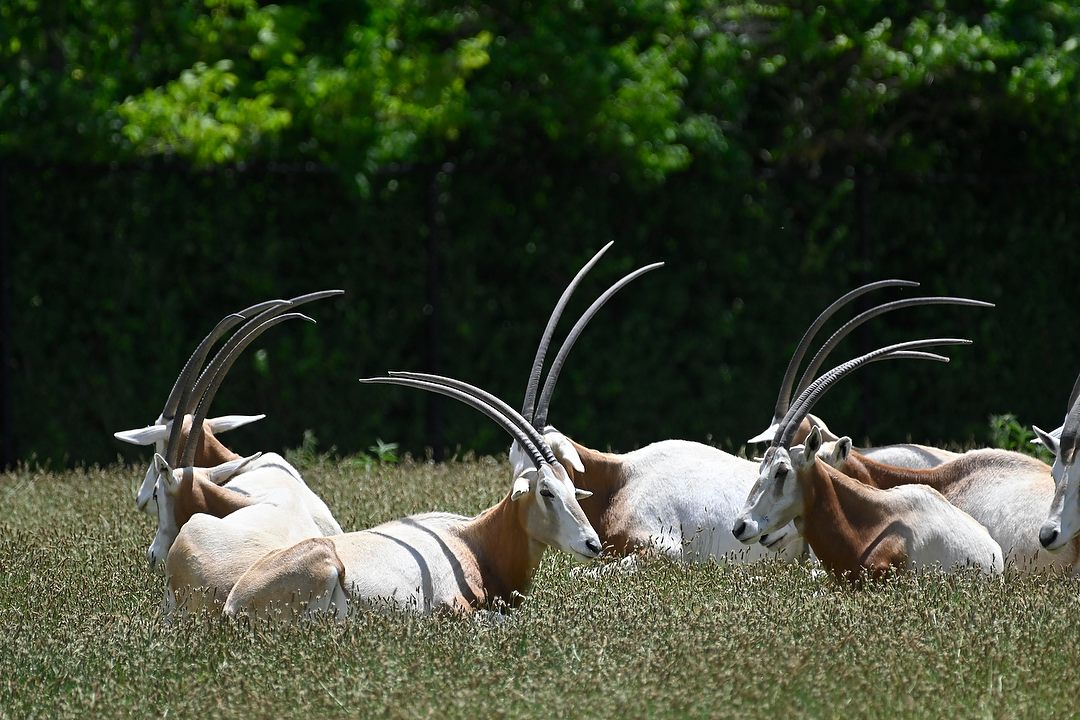
Since I’m using an automatic exposure mode (Aperture), I can force the camera to capture the scene darker by simply dialing in some minus exposure compensation. Nikon Z 50, Aperture Priority, Natural Auto white balance, ISO 400, 1/2000 at f/5.6 in Matrix metering, -1.0 EV, Nikkor AF-S Nikkor 200-500mm f/5.6E ED VR lens at 500mm.
Backgrounds
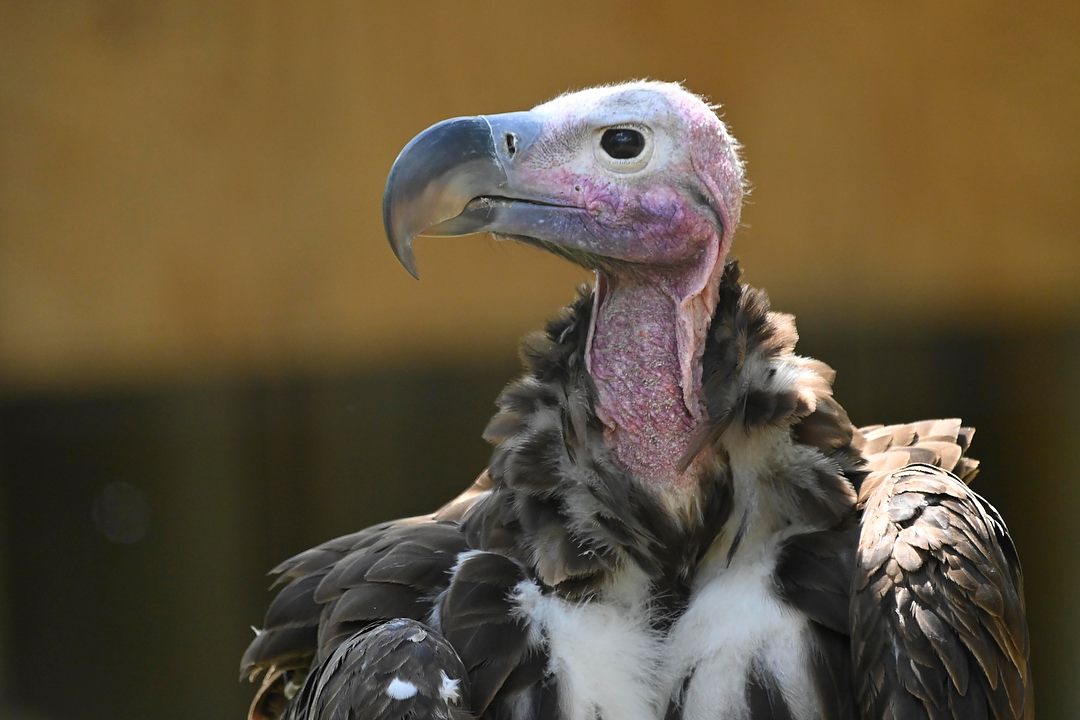
Most of us are good at finding subjects to photograph, but then we often forget about the background. And bad backgrounds hurt a lot of otherwise good photos. In this case, I find that two-toned background distracting. Nikon Z 50, Aperture Priority, Natural Auto white balance, ISO 2200, 1/1600 at f/5.6 in Matrix metering, 0.0 EV, Nikkor AF-S Nikkor 200-500mm f/5.6E ED VR lens at 500mm.
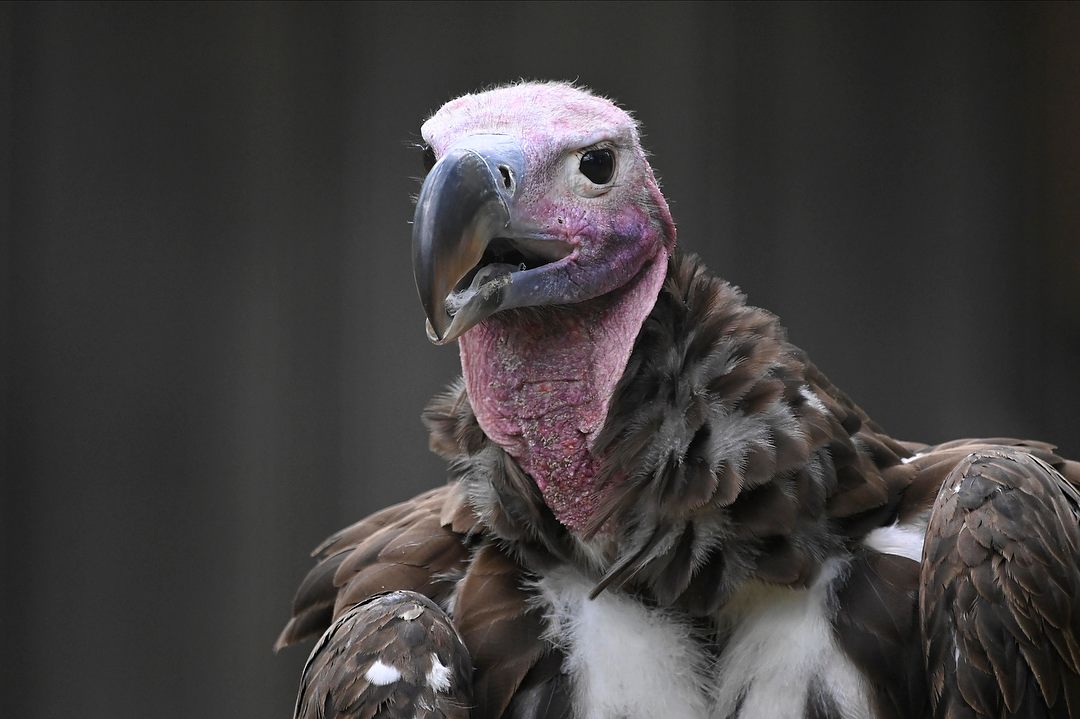
I only needed to move about a foot to the left to have a solidly dark background behind the vulture. You’d be surprised how easily a bad background can be improved by simply moving. Nikon Z 50, Aperture Priority, Natural Auto white balance, ISO 2500, 1/1000 at f/5.6 in Matrix metering, -1.0 EV, Nikkor AF-S Nikkor 200-500mm f/5.6E ED VR lens at 500mm.
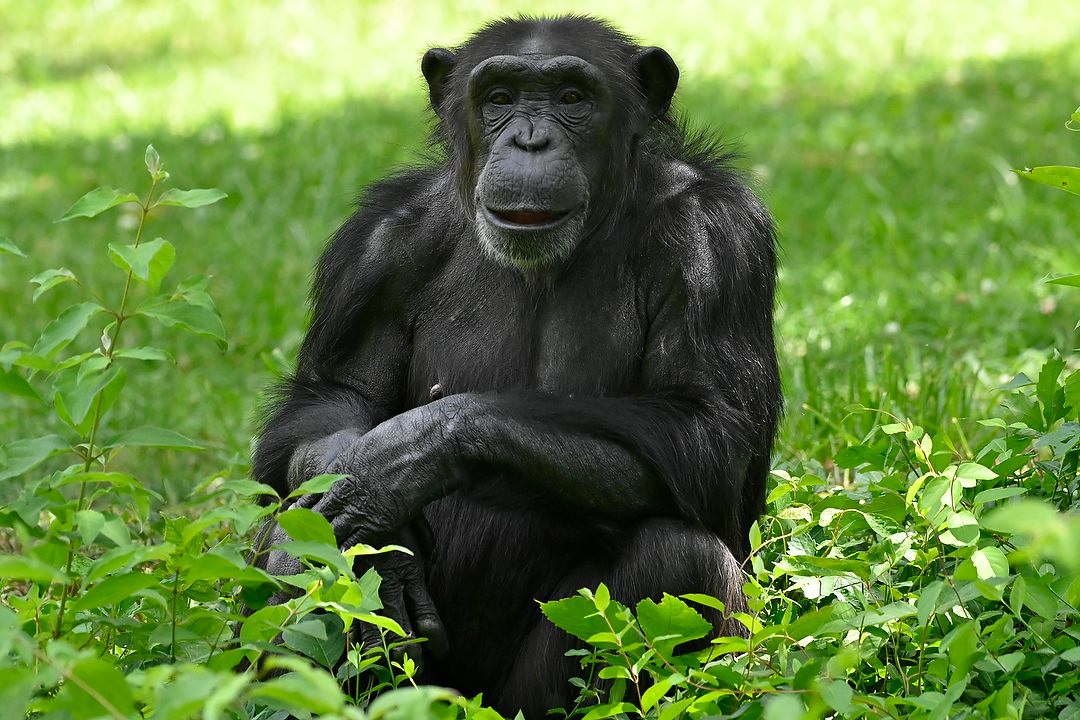
Here’s another case of a bad background. That sunlit area behind the chimpanzee is distracting, so I decided to move to try to change it. Nikon Z 50, Aperture Priority, Natural Auto white balance, ISO 2500, 1/1250 at f/5.6 in Matrix metering, -0.3 EV, Nikkor AF-S Nikkor 200-500mm f/5.6E ED VR lens at 260mm.
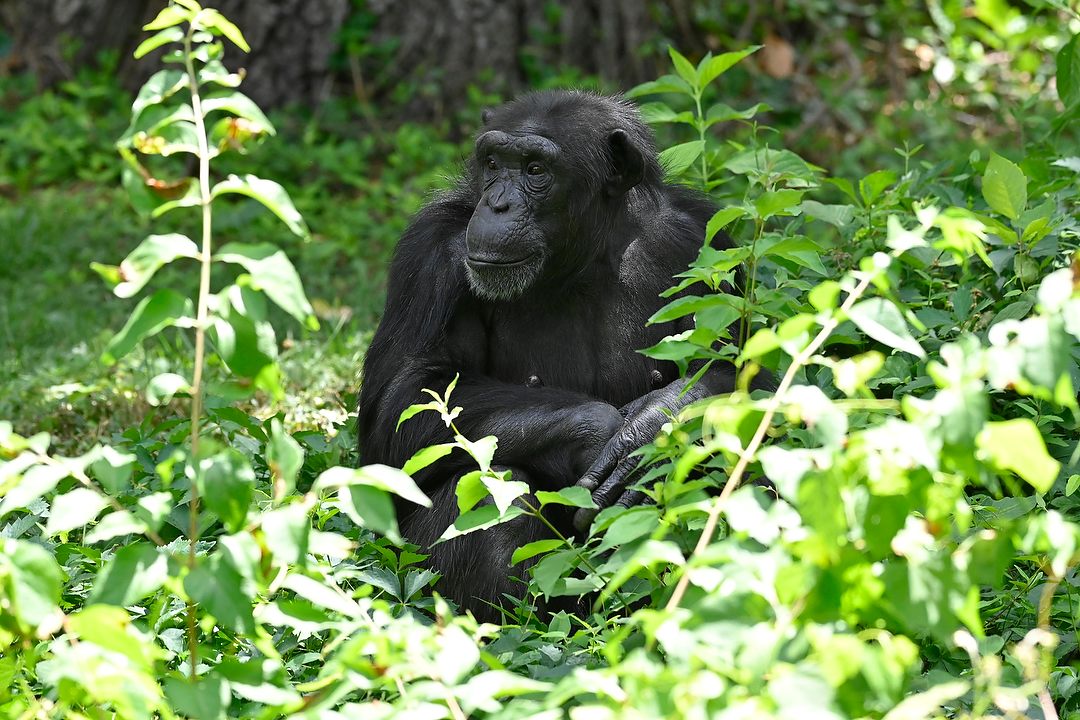
While I got rid of the sun behind the chimpanzee, now I’m shooting through sunlit foliage, which is even worse. Nikon Z 50, Aperture Priority, Natural Auto white balance, ISO 2200, 1/1600 at f/5.6 in Matrix metering, +0.7 EV, Nikkor AF-S Nikkor 200-500mm f/5.6E ED VR lens at 270mm.
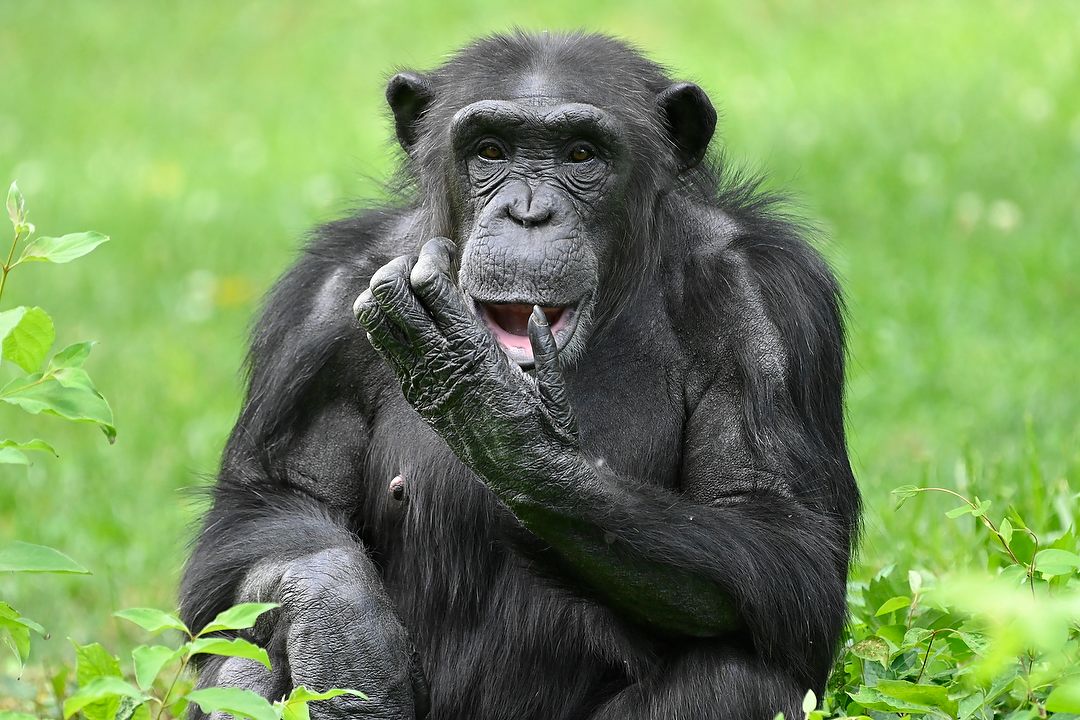
Finally, the weather did what I couldn’t do. A cloud drifted in front of the sun, removing any bright sunlight from the foreground or the background. Thank you, cloud! Nikon Z 50, Aperture Priority, Natural Auto white balance, ISO 2500, 1/500 at f/5.6 in Matrix metering, 0.0 EV, Nikkor AF-S Nikkor 200-500mm f/5.6E ED VR lens at 420mm.
Color
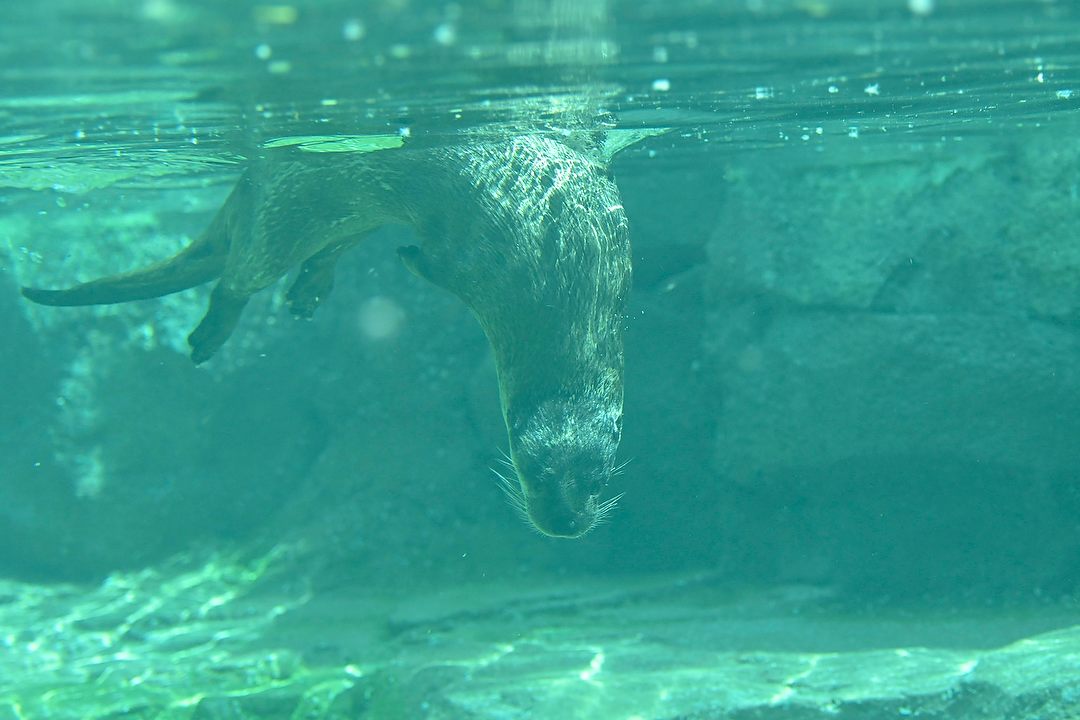
This, to me, is one of the most difficult situations at a zoo. Shooting through both glass and water, which also results in a color issue. The best way to deal with that is afterwards, in software. Nikon Z 50, Aperture Priority, Natural Auto white balance, ISO 1600, 1/1250 at f/5.6 in Matrix metering, 0.0 EV, Nikkor AF-P Nikkor 70-300mm f/4.5-5.6E ED VR lens at 112mm.
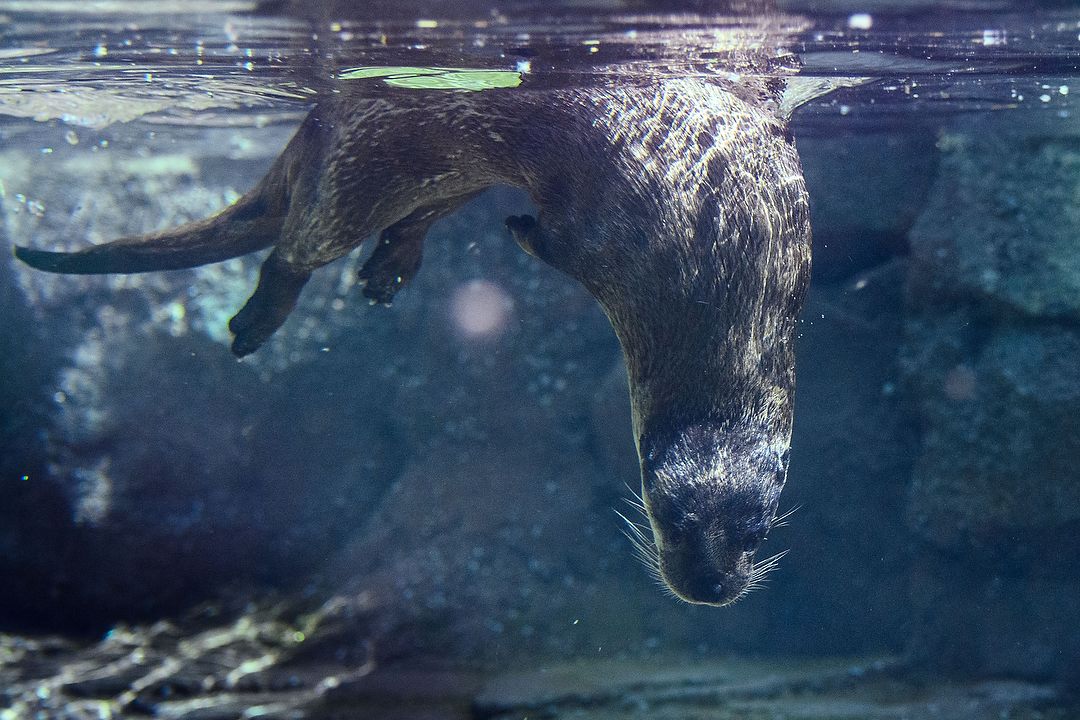
This is the same photo, but after being processed and cropped in Adobe Camera Raw. While I like to do as much as possible to get my photos right in camera, there are times where software afterwards is the answer. Nikon Z 50, Aperture Priority, Natural Auto white balance, ISO 1600, 1/1250 at f/5.6 in Matrix metering, 0.0 EV, Nikkor AF-P Nikkor 70-300mm f/4.5-5.6E ED VR lens at 112mm.
Moment
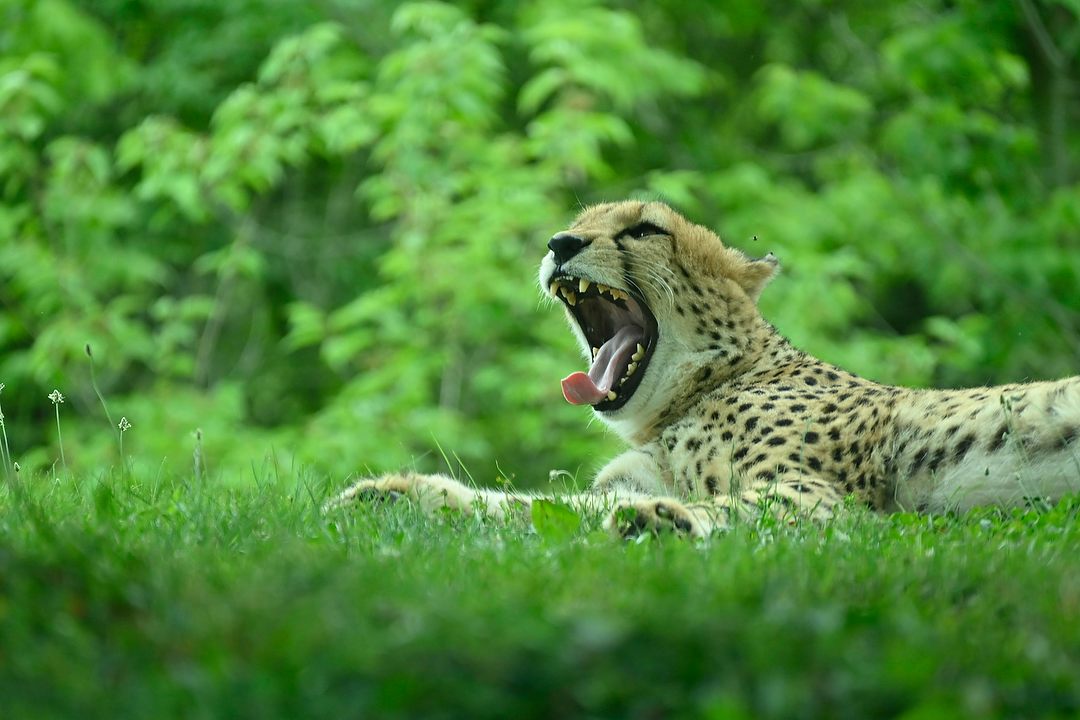
This leopard was in a great spot for us to photograph it, with a clean background, dark foreground and soft light. At times like this, I’ll often camp out and hope for something more. It’s what I call a “moment” in wildlife photography, something that’s brief and different. Nikon Z 50, Aperture Priority, Natural Auto white balance, ISO 1250, 1/640 at f/5.6 in Matrix metering, +0.3 EV, Nikkor AF-P Nikkor 70-300mm f/4.5-5.6E ED VR lens at 300mm.
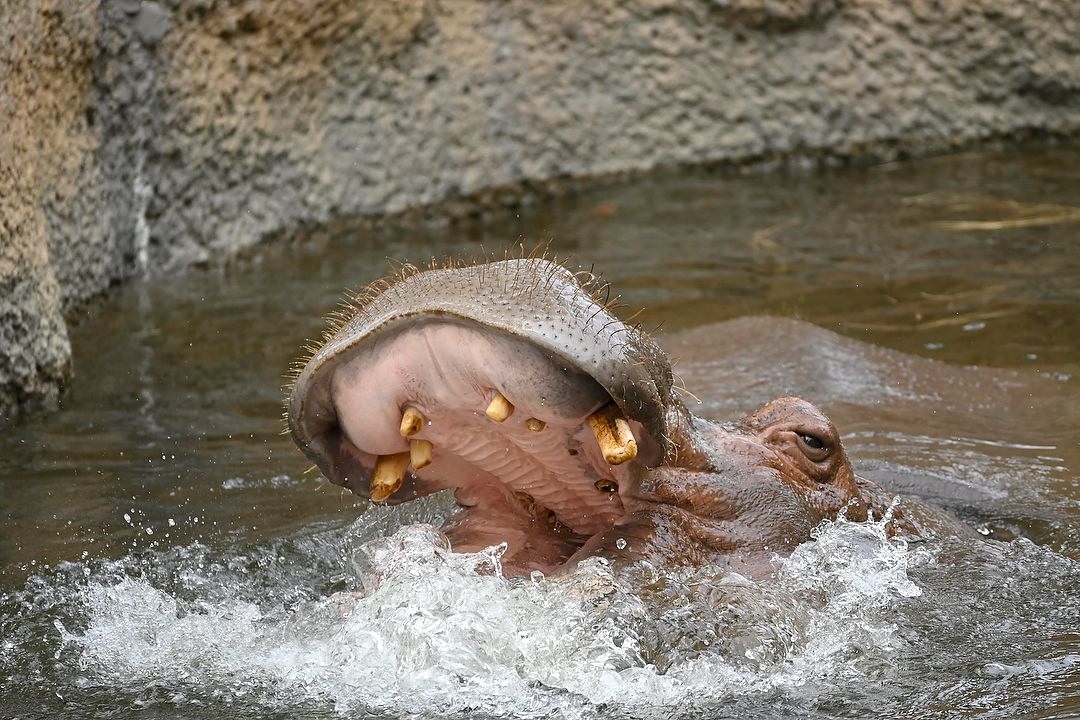
There are two hippos at this zoo, and the smaller one was following the larger around. We’re not sure why, but that resulted in the larger one opening its mouth and sometimes splashing the water. This is also a moment, something different happening once again. Nikon Z 50, Aperture Priority, Natural Auto white balance, ISO 800, 1/1250 at f/5.6 in Matrix metering, 0.0 EV, Nikkor AF-P Nikkor 70-300mm f/4.5-5.6E ED VR lens at 300mm.
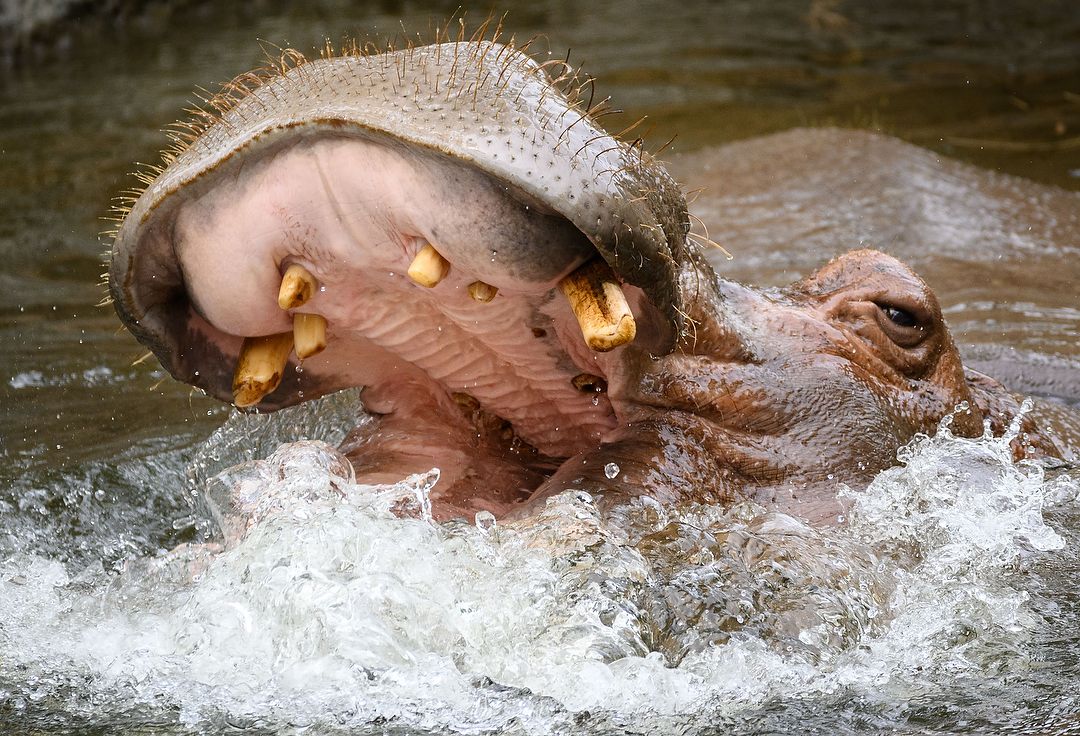
In editing this photo, I simply needed to crop in to what’s important, getting rid of extra space around the hippo and the concrete wall in back. I also added just a touch more contrast. Nikon Z 50, Aperture Priority, Natural Auto white balance, ISO 800, 1/1250 at f/5.6 in Matrix metering, 0.0 EV, Nikkor AF-P Nikkor 70-300mm f/4.5-5.6E ED VR lens at 300mm.
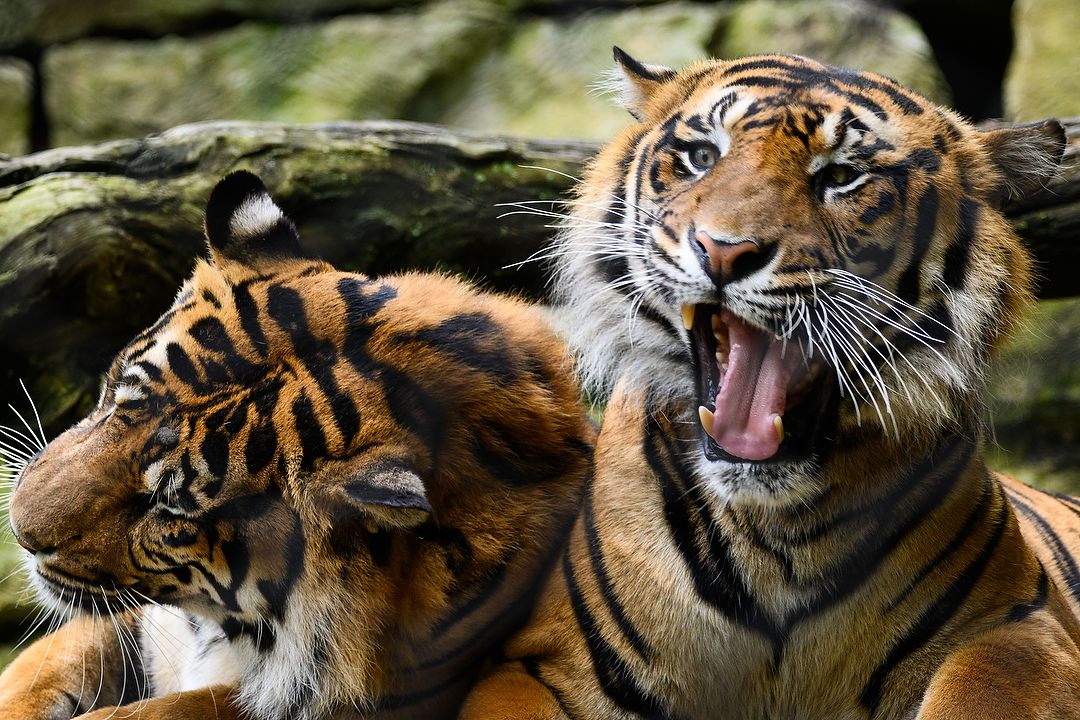
Tigers are pretty social animals, so when I saw one headed to where the other way lying, I got ready. There was some head nuzzling and then the one on the right gently bit the other. Again, moment. Nikon Z 50, Aperture Priority, Natural Auto white balance, ISO 1100, 1/640 at f/5.6 in Matrix metering, 0.0 EV, Nikkor AF-P Nikkor 70-300mm f/4.5-5.6E ED VR lens at 165mm.
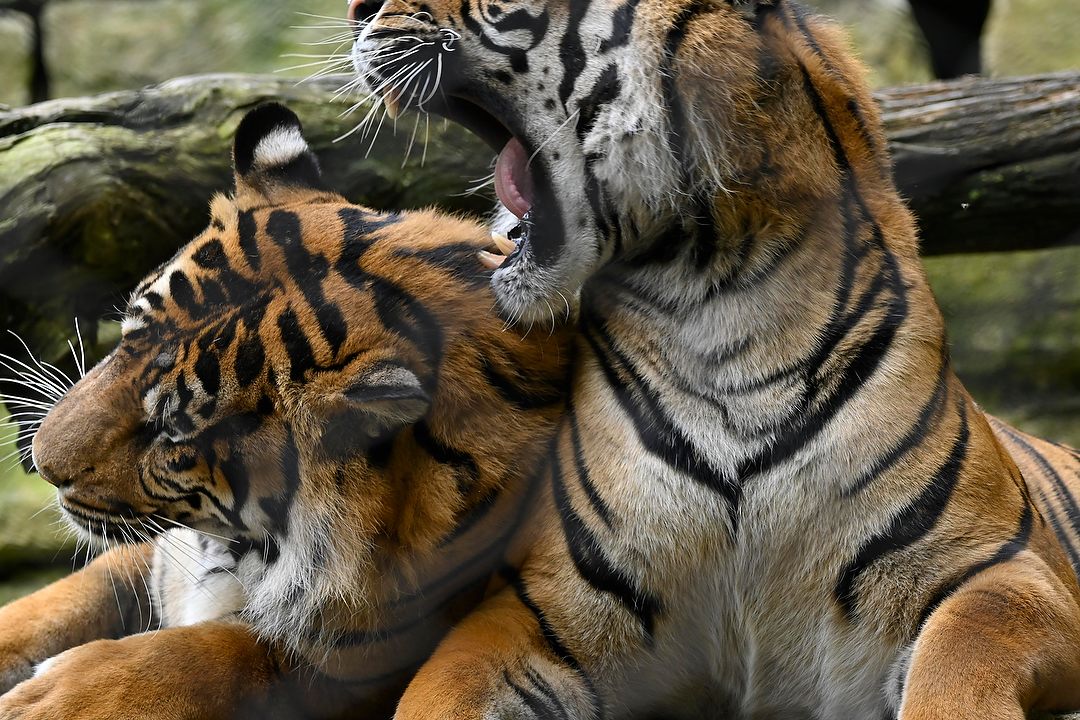
And here’s a mistake I occasionally make. I like to compose tightly (making the most of the pixels I have), but that can mean missed pictures if the action goes out of the frame. Which is what happened here. Sigh. I did get a few frames of the actual bite, but both their heads were turned away, so I preferred the face in the first photo. Nikon Z 50, Aperture Priority, Natural Auto white balance, ISO 1100, 1/640 at f/5.6 in Matrix metering, 0.0 EV, Nikkor AF-P Nikkor 70-300mm f/4.5-5.6E ED VR lens at 165mm.
The Other Stuff
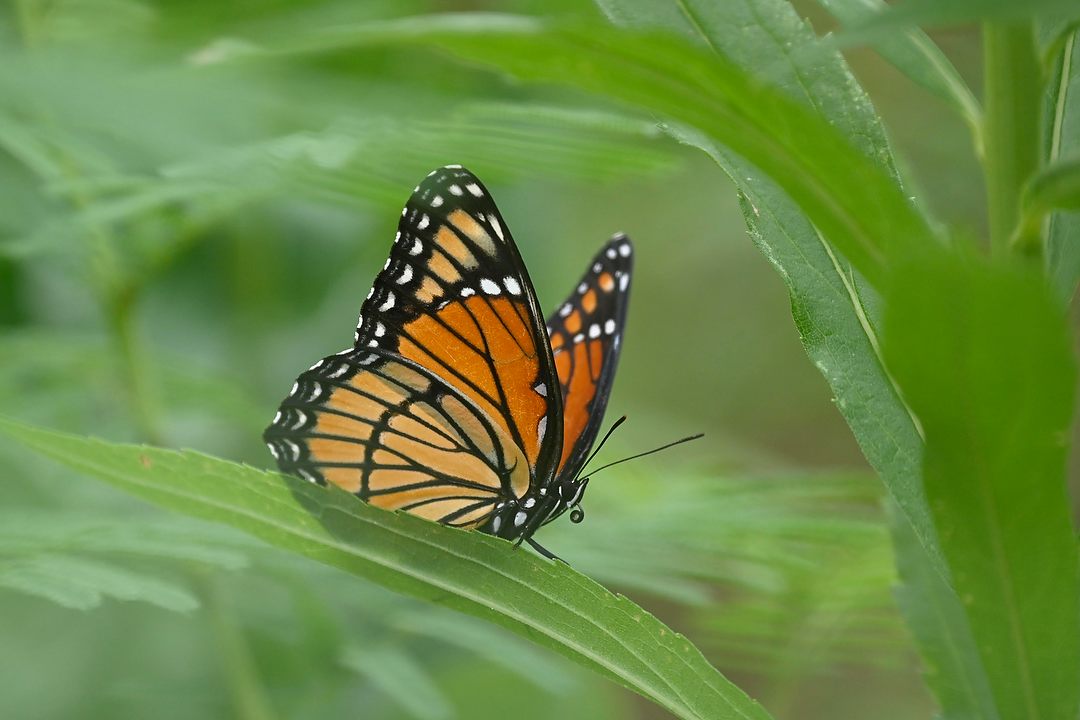
If you haven’t heard the term, “Charismatic Megafauna,” it means the big animals that everyone likes. Lions, tigers, giraffes, elephants, zebras, hippos, rhinos… So it’s easy to spend all your time at the zoo photographing them. This is a reminder to keep you eyes open for the little things too, like this Monarch butterfly I saw while walking from one area to another. Nikon Z 50, Aperture Priority, Natural Auto white balance, ISO 1400, 1/1250 at f/6.3 in Matrix metering, 0.0 EV, Nikkor AF-P Nikkor 70-300mm f/4.5-5.6E ED VR lens at 300mm.
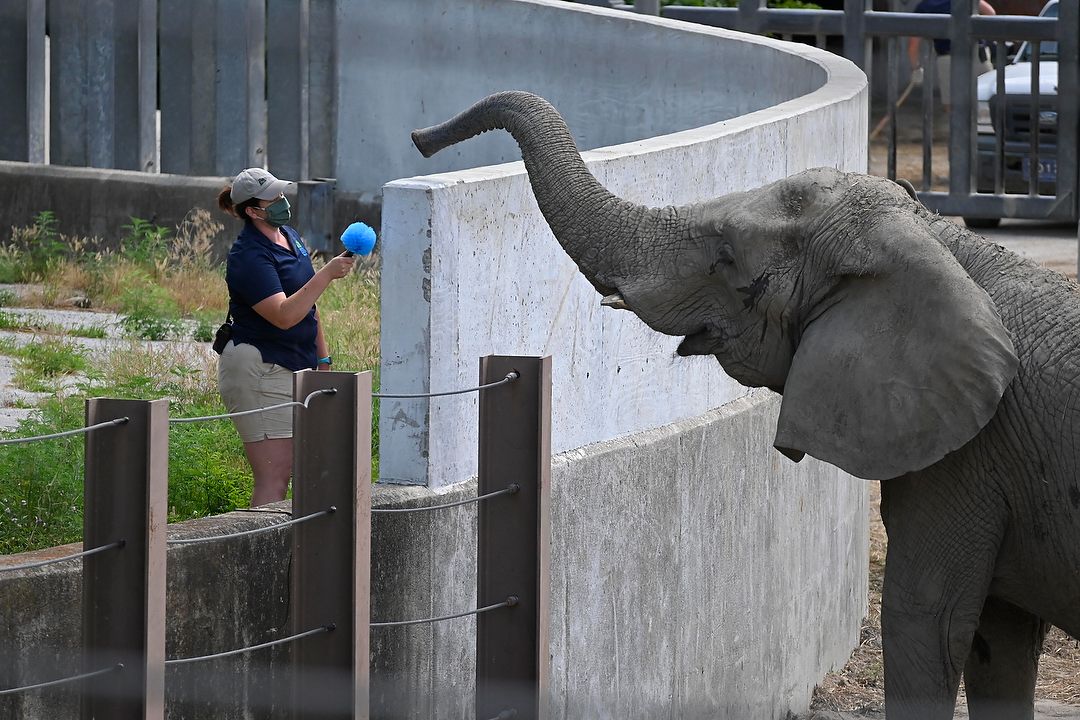
And occasionally you’ll get lucky, and find a keeper doing something with one of their wards. They spend so much time with the animals that relationships can develop, which almost always results in a nice picture. Nikon Z 50, Aperture Priority, Natural Auto white balance, ISO 1000, 1/1250 at f/5.6 in Matrix metering, 0.0 EV, Nikkor AF-P Nikkor 70-300mm f/4.5-5.6E ED VR lens at 300mm.
(If you like this story, please share it with your friends and let them know about the links on photography that I post on my business Facebook page. I’m also on Instagram and Twitter, @reedhoffmann. And if you’re curious about the workshops I teach, you can find them here.)

